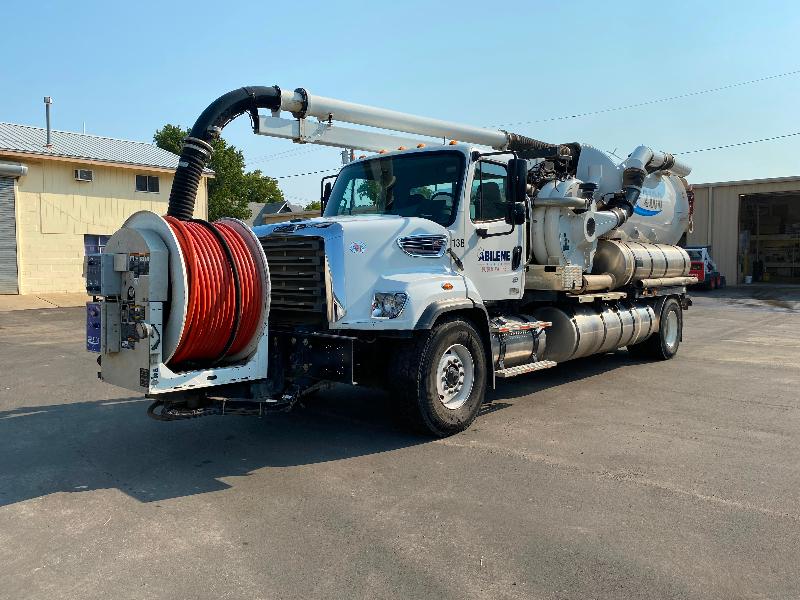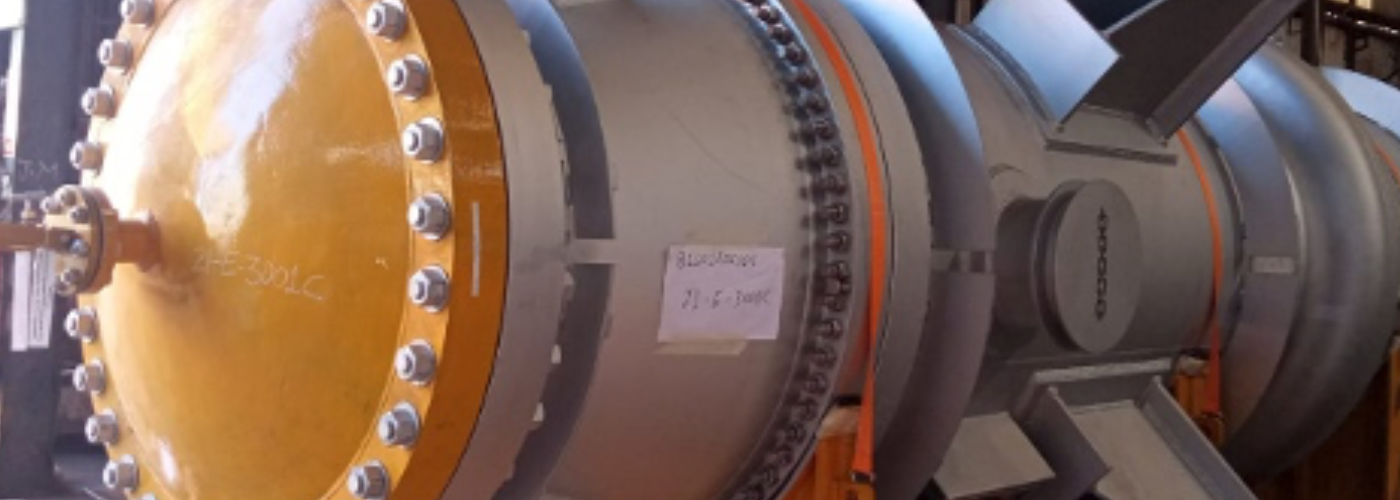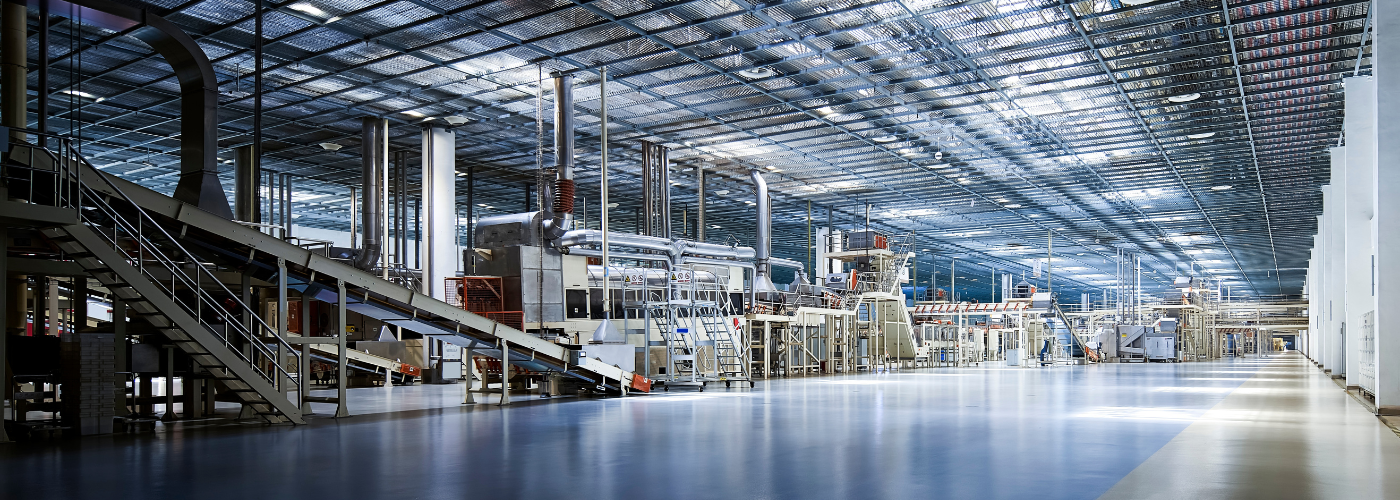Media Coverage
Q&A: Green for the Planet and Your Pocket
(Interview with Tom Burton, Executive Vice President of Liquidity Services, President of Capital Assets Group)
Many food manufacturers are looking to increase operational efficiencies while maintaining their sustainability efforts, which can pose a tough challenge. Food Manufacturing spoke with Tom Burton of Liquidity Services about how companies can utilize the "reverse supply chain" to help cut costs and improve their sustainability initiatives.
Q: What challenges do food manufacturers face when trying to cut business costs?
A: One of the primary challenges facing food manufacturers as they confront the sluggish U.S. economic growth is the cost of capital equipment. Traditionally, equipment lasted 15 or 20 years, but those numbers have decreased by 25 to 50 percent, primarily due to increasing innovation in products and product packaging, translating into more rapid changes in equipment for new packages and processes. This pressure to innovate to meet consumer packaging demands significantly narrows the options for food manufacturers to cut costs. Many manufacturers are opting instead to purchase equipment through online marketplaces, such as Go-Dove.com, at a reduced cost rather than making large expenditures to purchase brand new equipment, which would have to be replaced in a number of years when needs change again. Food manufacturers also use the online marketplace for immediacy by buying good pre-owned equipment today rather than waiting up to 26 weeks for new equipment to be built at the OEM.
Q: What is the "reverse supply chain," and why is it important for food companies' operations?
A: The reverse supply chain encompasses all surplus inventory and assets for a business; traditionally, goods returned to retailers and shelf overstock, as well as short date food items. In our scope of work with leading organizations, we also define that to include assets, from employee computers to capital equipment, sitting idle in warehouses or nearing the end of their lifecycle. The bottom line for food company operations is that what they don't know can hurt their business. Often, surplus assets and non-performing inventory are disposed of in landfills - a costly, unsustainable practice, which leaves a brand susceptible to risk. In other cases, assets are left sitting unused, taking up valuable storage space and accruing unnecessary maintenance and insurance costs - inefficiencies that negatively impact a company's overall enterprise.






